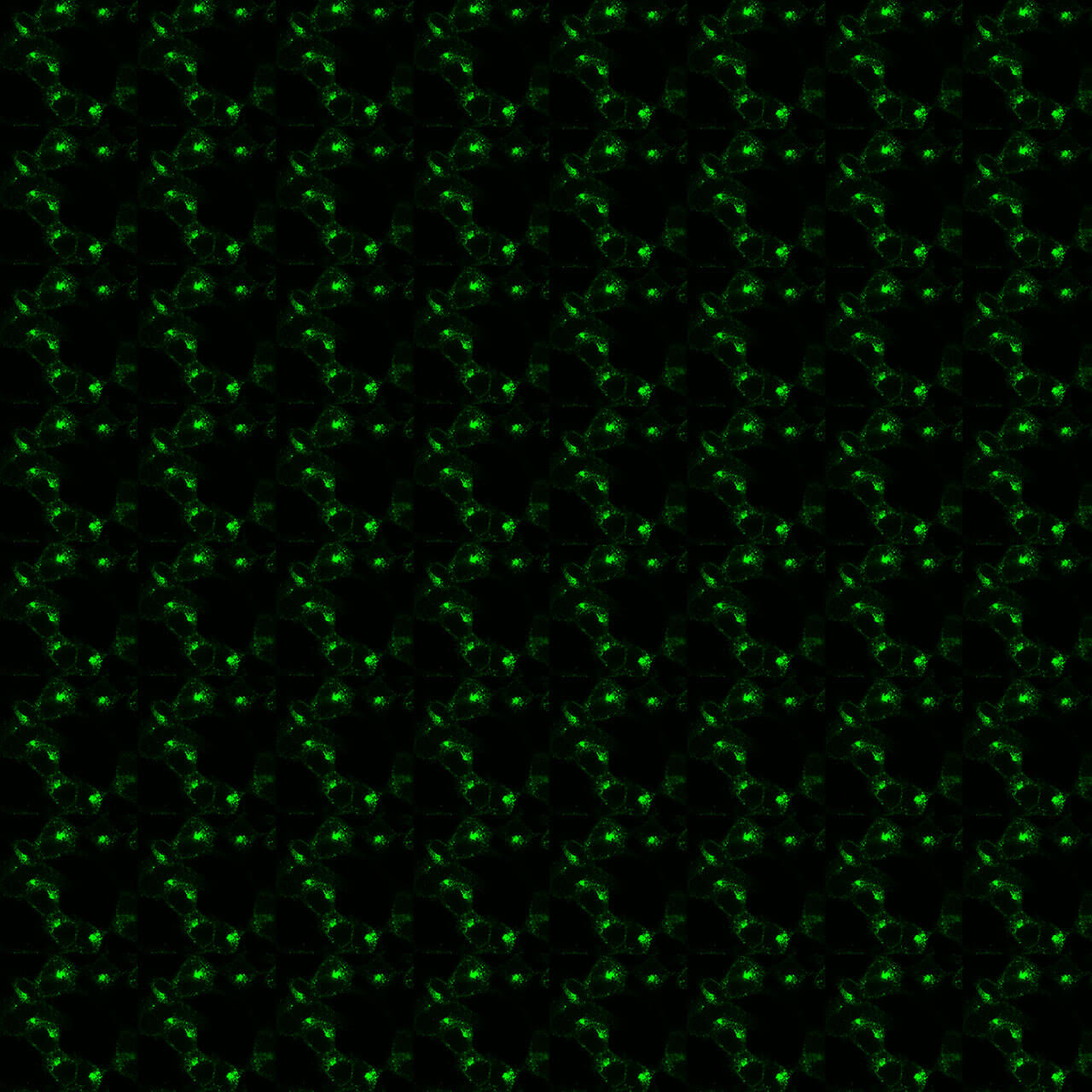No results were found for the filter!
NEW
 pS437/pT439-CCK2 (phospho-Cholecystokinin...
pS437/pT439-CCK2 (phospho-Cholecystokinin... Serine437/Threonine439 (S437/T439) is a major phosphorylation site of the CCK2 receptor. The pS437/pT439-CCK2 antibody detects phosphorylation in response to high-efficacy agonists. S437/T439 phosphorylation is a key regulator of CCK2...
$ 400.00 *
NEW
 pT427/pS429-CCK2 (phospho-Cholecystokinin...
pT427/pS429-CCK2 (phospho-Cholecystokinin... Threonine427/Serine429 (T427/S429) is a major phosphorylation site of the CCK2 receptor. The pT427/pS429-CCK2 antibody detects phosphorylation in response to high-efficacy agonists. T427/S429 phosphorylation is a key regulator of CRF1...
$ 400.00 *
NEW
 pT344/pS347-NK1 (phospho-Tachykinin Receptor 1...
pT344/pS347-NK1 (phospho-Tachykinin Receptor 1... Threonine344/Serine347 (T344/S347) is a major phosphorylation site of the NK1 receptor. The pT344/pS347-NK1 antibody detects phosphorylation in response to high-efficacy agonists. T344/S347 phosphorylation is a key regulator of NK1...
$ 400.00 *
NEW
 pT428/pS429-CRF1...
pT428/pS429-CRF1... Threonine428/Serine429 (T428/S429) is a major phosphorylation site of the CRF1 receptor. The pT428/pS429-CRF1 antibody detects phosphorylation in response to high-efficacy agonists. T428/S429 phosphorylation is a key regulator of CRF1...
$ 400.00 *
NEW
 pT431-CRF1 (phospho-Corticotropin-Releasing...
pT431-CRF1 (phospho-Corticotropin-Releasing... Threonine431 (T431) is a major phosphorylation site of the CRF1 receptor. The pT431-CRF1 antibody detects phosphorylation in response to high-efficacy agonists. T431 phosphorylation is a key regulator of CRF1 desensitization, β-arrestin...
$ 400.00 *
NEW
 pS434/pS437-CRF1...
pS434/pS437-CRF1... Serine434/Serine441 (S437/S441) is a major phosphorylation site of the CRF1 receptor. The pS434/pS437-CRF1 antibody detects phosphorylation in response to high-efficacy agonists. S434/S437 phosphorylation is a key regulator of CRF1...
$ 400.00 *
NEW
 pT340-GAL1 (phospho-Galanin Receptor 1 Antibody)
pT340-GAL1 (phospho-Galanin Receptor 1 Antibody) Threonine340 (T340) is a major phosphorylation site of the GAL1 receptor. The pT340-GAL1 antibody detects phosphorylation in response to high-efficacy agonists. T340 phosphorylation is a key regulator of GAL1 desensitization, β-arrestin...
$ 400.00 *
NEW
 GAL1 (non-phospho), Galanin Receptor 1 Antibody
GAL1 (non-phospho), Galanin Receptor 1 Antibody The non-phospho-GAL1 receptor antibody is directed against the carboxyl-terminal tail of human GAL1. It can be used to detect total GAL1 receptors in Western blots independent of phosphorylation. The non-phospho-GAL1 antibody can also be...
$ 400.00 *
Citations
KO-Validated
 SST2 (non-phospho), Somatostatin Receptor 2...
SST2 (non-phospho), Somatostatin Receptor 2... The non-phospho-SST2 receptor antibody is directed against the distal end of the carboxyl-terminal tail of mouse, rat and human SST2. It detects selectively the canonical form of SST2 (also referred to as SST2A) and not the putative...
$ 400.00 *
Citations
KO-Validated
 SST2 (IHC-grade), Somatostatin Receptor 2 Antibody
SST2 (IHC-grade), Somatostatin Receptor 2 Antibody The SST2 receptor antibody is directed against the distal end of the carboxyl-terminal tail of mouse, rat and human Somatostatin Receptor 2. It detects selectively the canonical form of SST2 (also referred to as SST2A) and not the...
$ 400.00 *
NEW
 NPSR (non-phospho), Neuropeptide S Receptor...
NPSR (non-phospho), Neuropeptide S Receptor... The NPSR antibody is directed against the distal end of the carboxyl-terminal tail of human Neuropeptide S Receptor. It can be used to detect total NPS receptors in Western blots independent of phosphorylation. The NPSR antibody can also...
$ 400.00 *
Citations
KO-Validated
 VPAC2 (non-phospho), VIP Receptor 2 Antibody
VPAC2 (non-phospho), VIP Receptor 2 Antibody The VPAC2 antibody is directed against the distal end of the carboxyl-terminal tail of mouse, rat and human VIP receptor 2. It can be used to detect total VPAC2 receptors in Western blots independent of phosphorylation. The VPAC2...
$ 400.00 *
Citations
 ETA (non-phospho-Endothelin Receptor A Antibody)
ETA (non-phospho-Endothelin Receptor A Antibody) The ETA receptor antibody is directed against the distal end of the carboxyl-terminal tail of mouse, rat and human endothelin receptor A. It can be used to detect ETA receptors in Western blots in a phosphorylation-sensitive manner...
$ 400.00 *
Citations
KO-Validated
 MOP (IHC-grade), µ-Opioid Receptor Antibody
MOP (IHC-grade), µ-Opioid Receptor Antibody The µ-Opioid Receptor antibody is directed against the distal end of the carboxyl-terminal tail of mouse, rat and human MOP. It detects selectively the canonical form of MOP and none of the putative splice variants. In can be used to...
$ 400.00 *
NEW
 CCR3 (non-phospho), CCR3 Chemokine Receptor...
CCR3 (non-phospho), CCR3 Chemokine Receptor... The non-phospho-CCR3 receptor antibody is directed against the distal end of the carboxyl-terminal tail of human CCR3. It can be used to detect total CCR3 receptors in Western blots independent of phosphorylation. The non-phospho-CCR3...
$ 400.00 *
NEW
 CCR1 (non-phospho), CCR1 Chemokine Receptor...
CCR1 (non-phospho), CCR1 Chemokine Receptor... The non-phospho-CCR1 receptor antibody is directed against the distal end of the carboxyl-terminal tail of human CCR1. It can be used to detect total CCR1 receptors in Western blots independent of phosphorylation. The non-phospho-CCR1...
$ 400.00 *
Recently viewed


